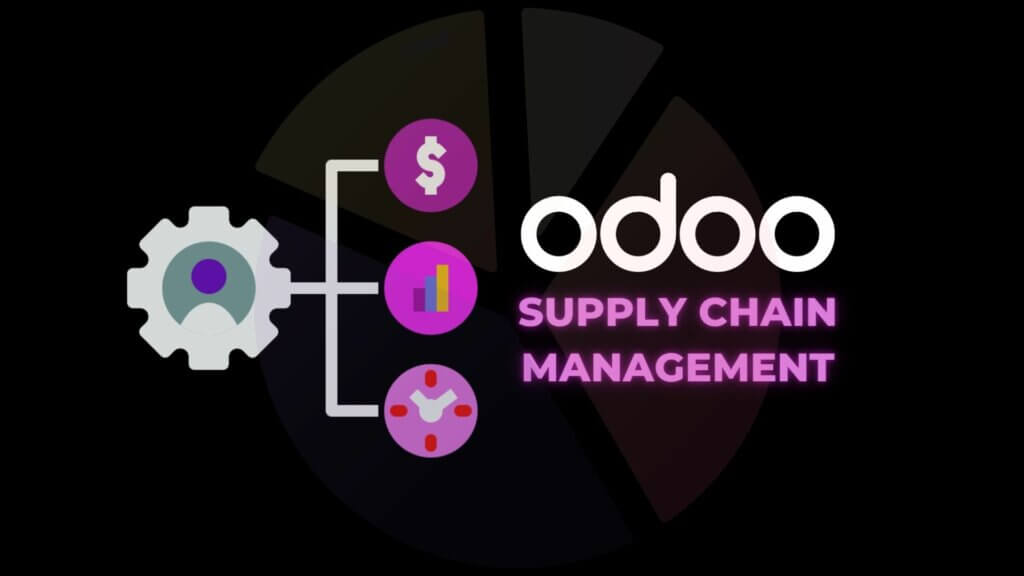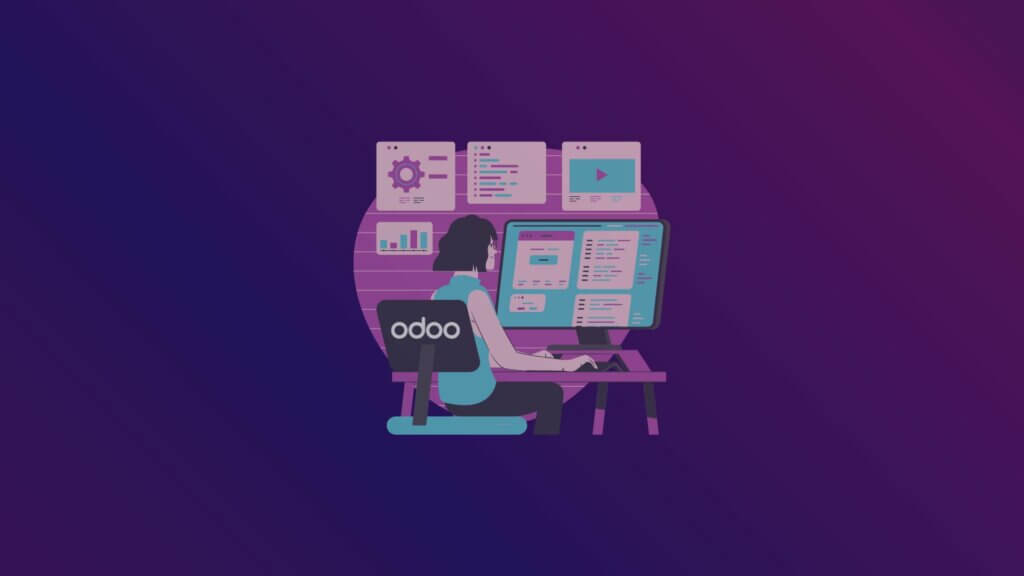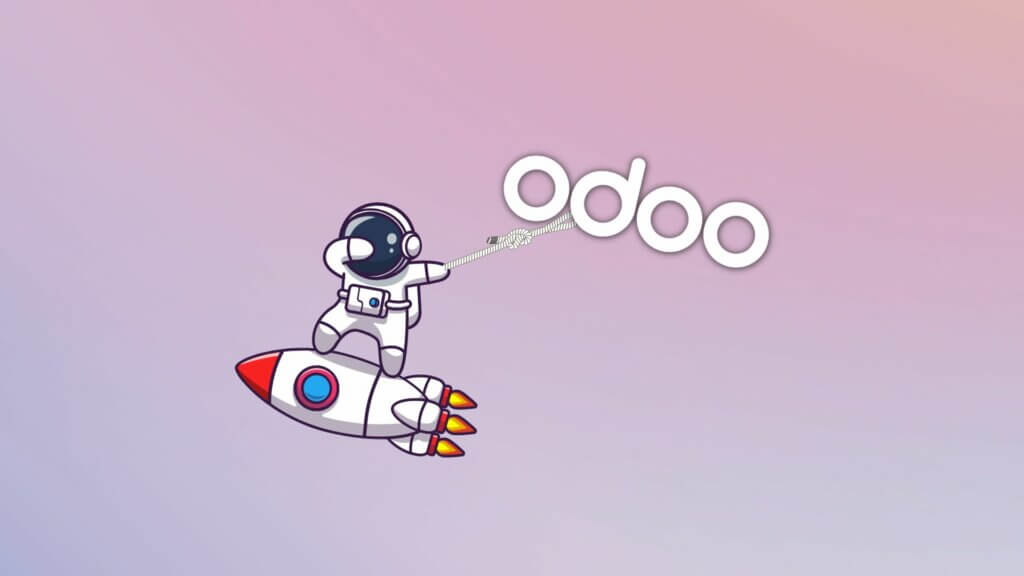In this article, we’ll go beyond the traditional comparisons (aka feature based comparison) of popular ERPs and Odoo. We’ll take a look at the most widely used systems — NetSuite and Microsoft Dynamics — and see how they hold up against Odoo.
This comparison shows the perspective of VentorTech’s CEO, Oleg Kuryan, based on his experience and discussions with other vendors and our customers.
The information shared in this article is presented on behalf of our CEO. For readers who do not like a “long read” we put a short summary table at the end to have an overview. If needed, you can then return to the main text to review the details behind each point.
Let’s talk first about Netsuite and MSD365. We might consider these to be “business solutions”.
These applications have many industry-based standard functions and industry-specific configurations for workflows, because they have both been around for a long time (and they were designed for enterprises initially).
Using these “solutions” also means high license costs (due to the large number of existing features) and high implementation costs (due to their underlying technologies). Additionally, the implementation of these “classic” ERP systems usually means long timelines — about 1–2 years. However, no one will guarantee implementation quality even within such timelines. Unfortunately, this is the reality everywhere — it will largely depend on which partner you will work with.
In any case, here we have three factors to consider regarding “classic ERP” systems:
(1) high implementation and licensing costs;
(2) long implementation timelines; and
(3) implementation quality that depends on a partner.
Now, if we’re talking about Odoo, we can describe it as a “business framework”
For mature businesses (where you want to have separate access rights, with separate approval flows and role-based visibility), this system will be 80% ready for all of your company processes (e.g., sales, purchasing, CRM, etc.). The exception is manufacturing, where Odoo’s system is 60%-70% ready in terms of its functionality for Manufacturing companies. The level of readiness for your business depends on the complexity of your production and how ready you are to adapt Odoo’s standard Master Production Scheduling (MPS) to your Production Planning.
Note that Odoo OOTB flows are not ready to use for any random business type & size. Each business will need an integrator to build functionality for you. Odoo has a module structure that is combined and extended, similar to building with LEGO bricks. Everybody here played LEGO, right? =)

But in terms of licensing cost, it’s rather low. Yes, it is most often 80% ready in all functions — but does every business really need each function to work perfectly?
Often, businesses will focus during their first implementation phase only on the critical parts, and do as few customizations as possible. Since the system is flexible, it allows users to start working with the system faster (and, yes, you might expect that some of your employees will make mistakes because of complex OOTB access rights and flows — but those are easy to fix). As a result, implementation timelines are much shorter (i.e., usually around six months).
Here’s an example: We just finished automation of a manufacturing company, with 200 employees, that operated in the Nutrition industry. They developed two big manufacturing lines and two warehouses in six months after their discovery phase (aka Gap analysis). This company had been considering MS Dynamics, but their timelines and costs would have been 1.5 times higher for the same MVP scope.
Now we can consider three factors about Odoo:
(1) lower license costs + high implementation costs to to implement or modify nonexistent or suboptimal functions (though still lower than with MS Dynamics due to the underlying technology).;
(2) shorter timelines to go live;
(3) implementation quality that also depends on a partner (and here you need to be careful about selecting a partner; a Gold partner in the Odoo world doesn’t mean high quality — speak to them directly and ask for references!).
In our nutrition industry manufacturing company example above, switching from local ERP software to Odoo was not an easy process, as expectations about “readiness” differed even after a long Discovery Phase. Another reason is that Odoo is about 60% ready in the Manufacturing app (i.e., its weaker place here is in production scheduling). However, it is now live and being successfully adapted for the company.
After all, you will want to consider Odoo if you do not expect 100% readiness from it. If you are ready to work with a “business framework” (something like building LEGOs) rather than deploying a “business solution,” then Odoo can fit your needs well. When budgets and timelines come in as higher priorities, and flexible expectations are possible, then you’ll likely find Odoo to be your business’s perfect fit.
Last but not least. If you are a business owner and you talk to other business owners who have implemented SAP/Oracle/MS Dynamics 365, you will find that Odoo is hard to compare with them — because it is simply different.
You should choose Odoo if you have a fresh and open mind to look at a modern ERP system differently and a clear understanding of why you are doing it. I would be happy to share the arguments personally, as I faced this difficult choice for my own company — deciding between specialized systems and the more flexible, “LEGO-like” Odoo.
The comparison below is based on ERP implementation for an SME with 10–100 employees, operating in the wholesale/retail business and potentially having small-scale production.
| Odoo | Netsuite / MS Dynamics | |
|---|---|---|
| License cost | $$ | $$$$ |
| Implementation cost | $$$ | $$$$$ |
| Implementation timelines | Short timelines to go live (usually 3 to 8 months). | Long timelines to go live (can be 1-2 years). |
| How ready it is for use | “Business framework” 80% ready OOTB in most cases, 60-70% in Manufacturing. | “Business solutions” Comprehensive OOTB functionality. |
| Flexibility | You chose: You decide how to go. Use only standard OOTB functions (for the first phase highly recommended for quick start) OR customize for your needs. | Classic implementation: adapting the company to the software. Period. Customizations are difficult and expensive. |
I will be happy to discuss this topic in the comments.
Not sure which ERP is right for your business? Discover how Odoo could be the perfect solution for you!
Useful content:
- Total costs of ownership (TCO) for any ERP system
- The True Cost of Odoo ERP: Pricing and Ownership
- Odoo Enterprise License Pricing and How to Reduce Cost
- How to estimate ERP costs at the beginning of the journey?
- Odoo Implementation Steps
Working in IT industry full time since 2006 (as technical and functional expert)
Leading IT teams (technical and non-technical) since 2007
Lots of experience with ERP systems covering different company sizes (Oracle, Odoo)
Co-founded 2 startups (since 2010) before ending up working in business automation. Having 3 publications in Life Science
Since 2012 focusing on business automation using Odoo ERP. Is recognized as well-known expert
Working with customers across the globe (mostly NA, EMEA)
Having huge experience in Finance (managerial accounting) and Supply Chain (Logistics, Inventory, Purchase)
Passionate about creating new IT products. Having high demands to product's quality and level of customer support
Visioner and inventor in the VentorTech company.
----------------------------------------------------------------------
Education: Master.
----------------------------------------------------------------------
Experience:
Software Maintenance Team Leader
EPAM Systems
Co-founder
Boostant
СTO, Co-founder
XPANSA Group
----------------------------------------------------------------------
Current position: CEO & COO at VentorTech
----------------------------------------------------------------------
Since 2012 focusing on business automation using Odoo ERP. Is recognized as a well-known expert
- Working with customers across the globe (mostly NA, EMEA)
- Having a huge experience in Finance (managerial accounting) and Supply Chain (Logistics, Inventory, Purchase)






0 Comments